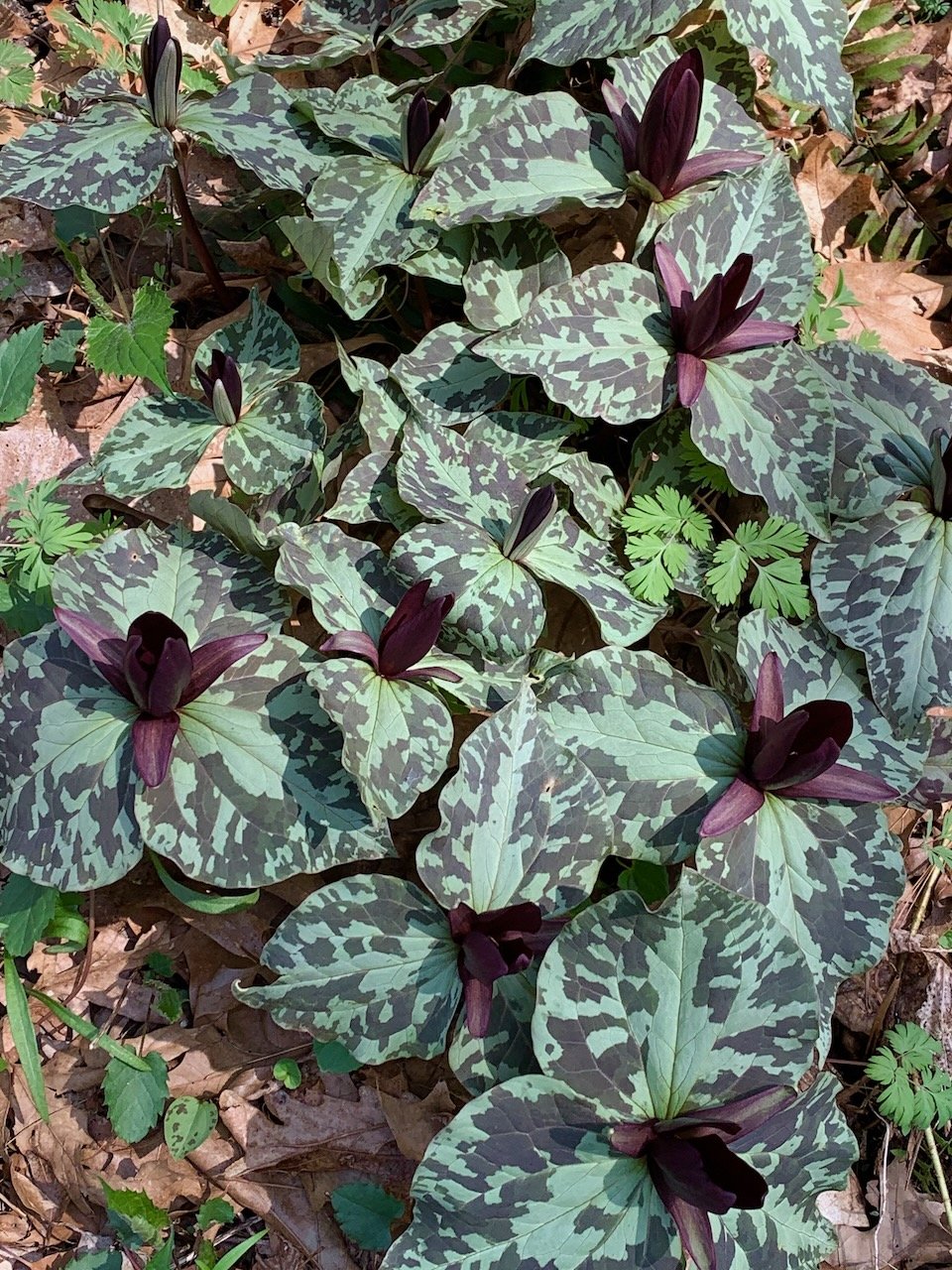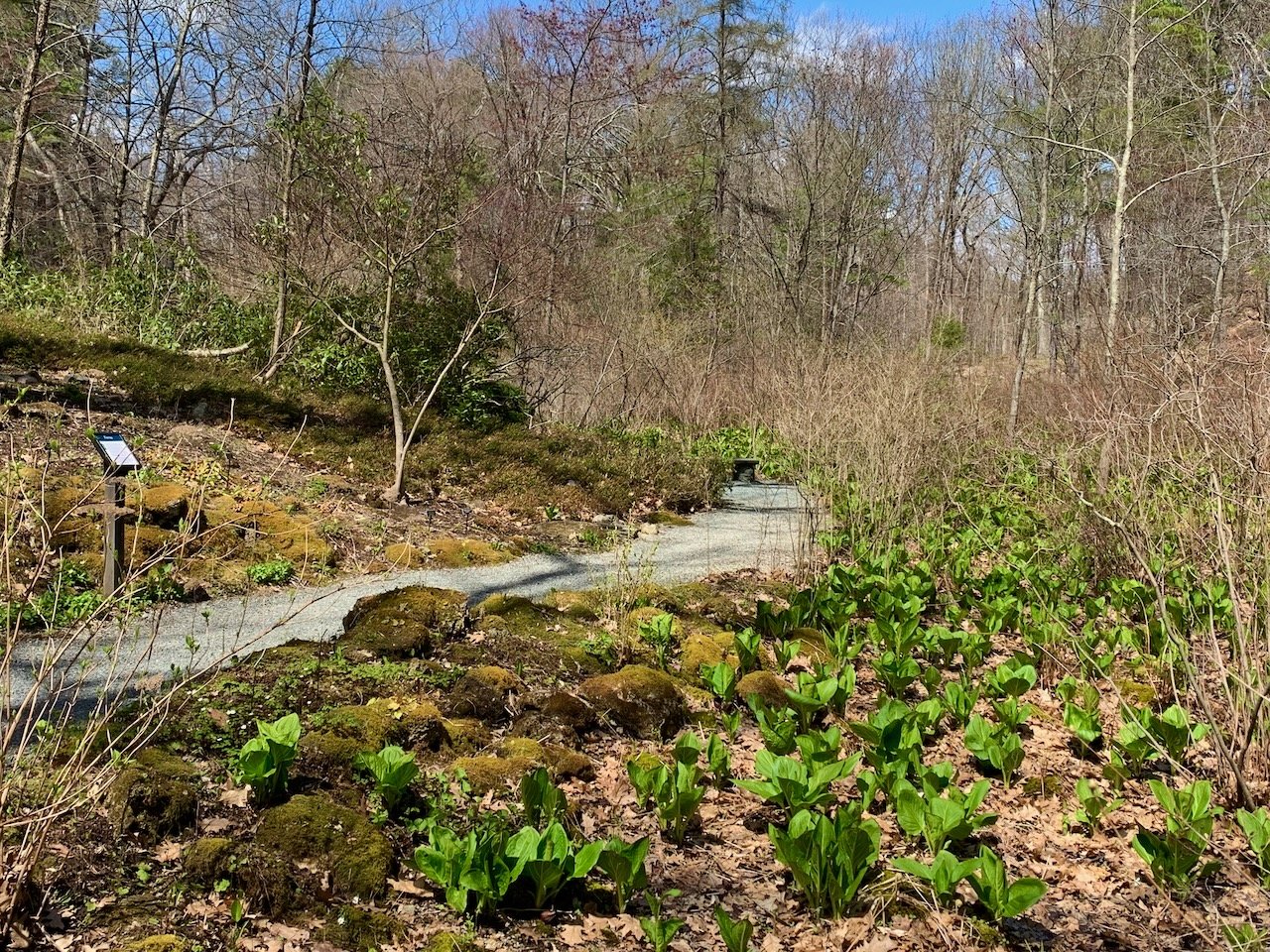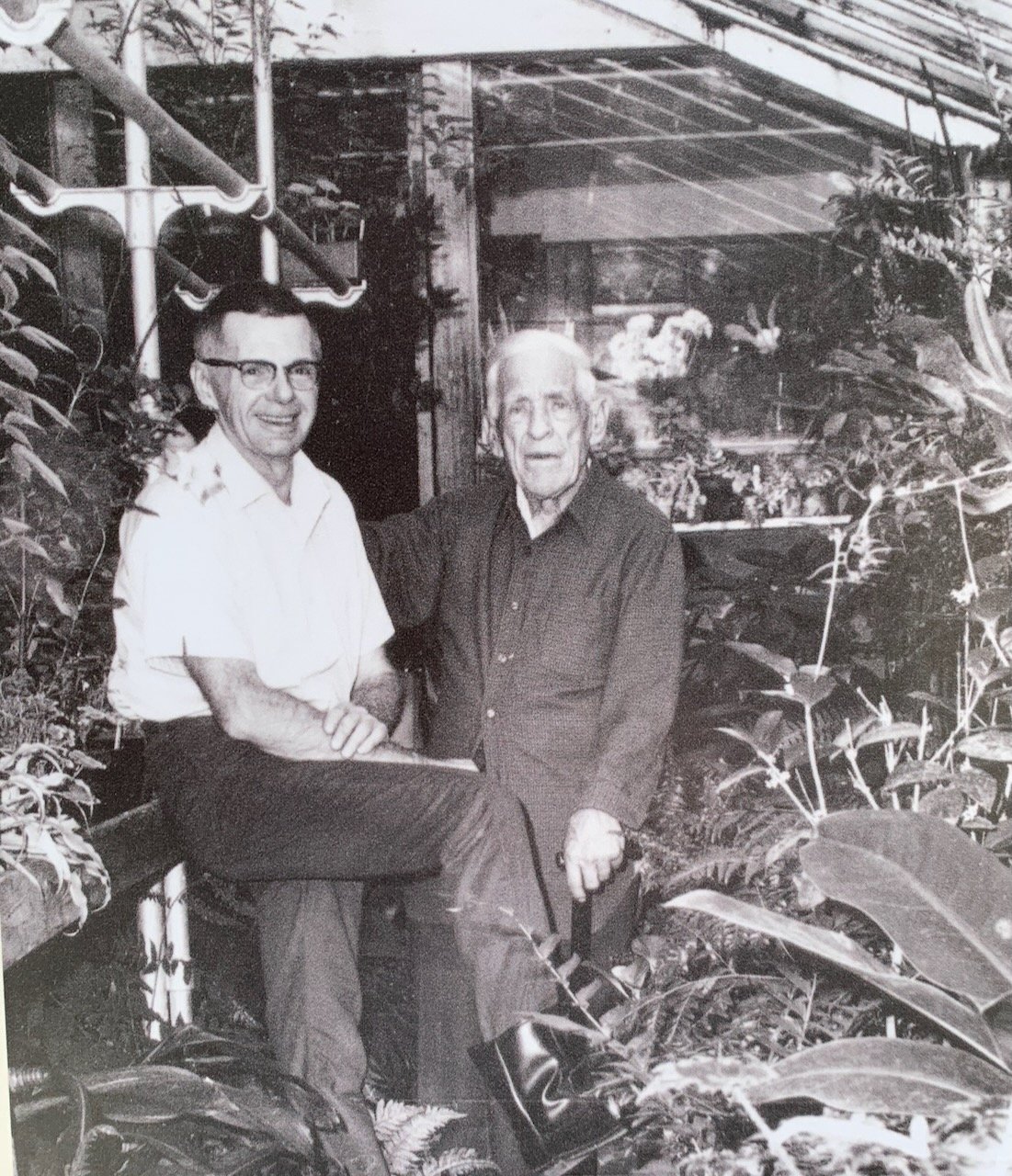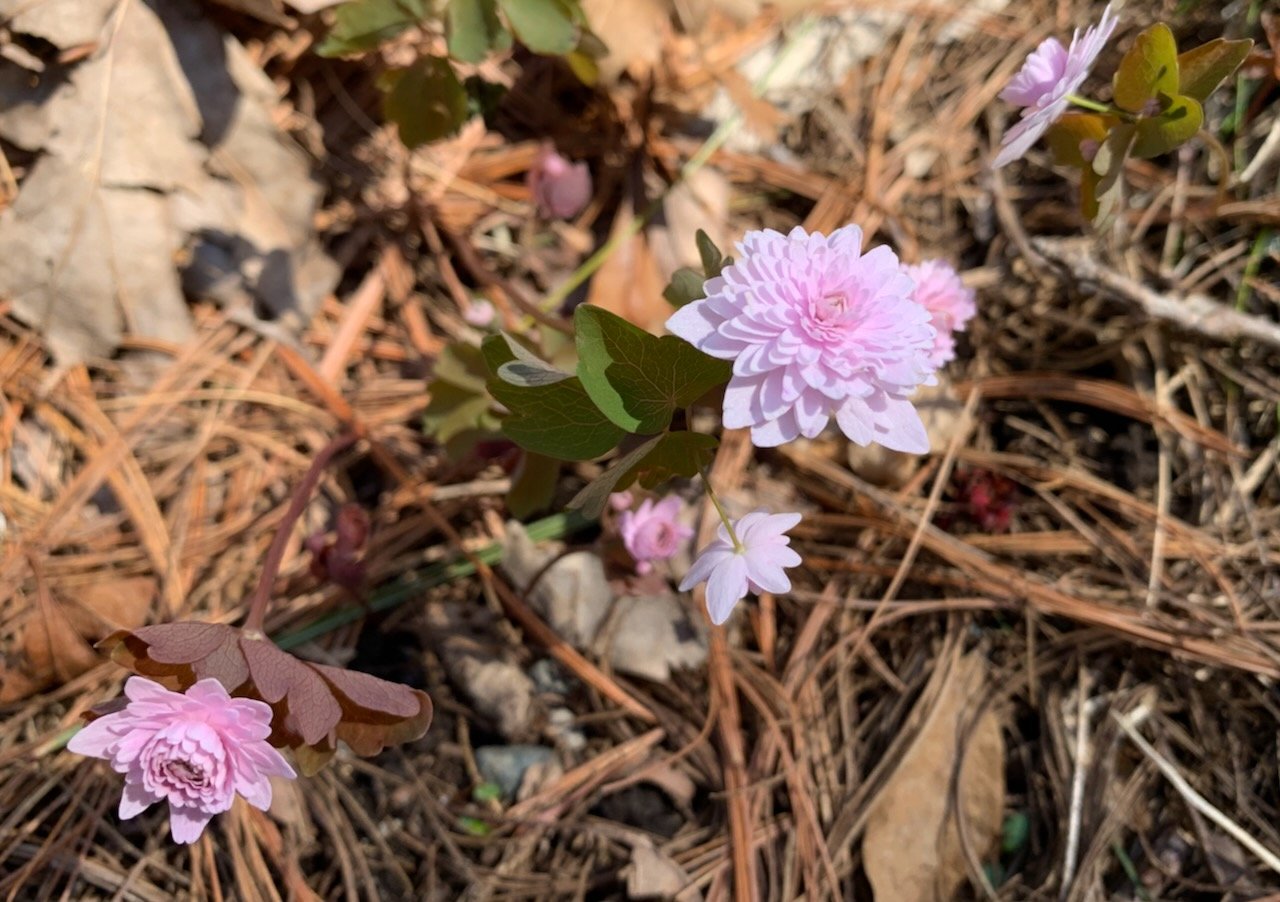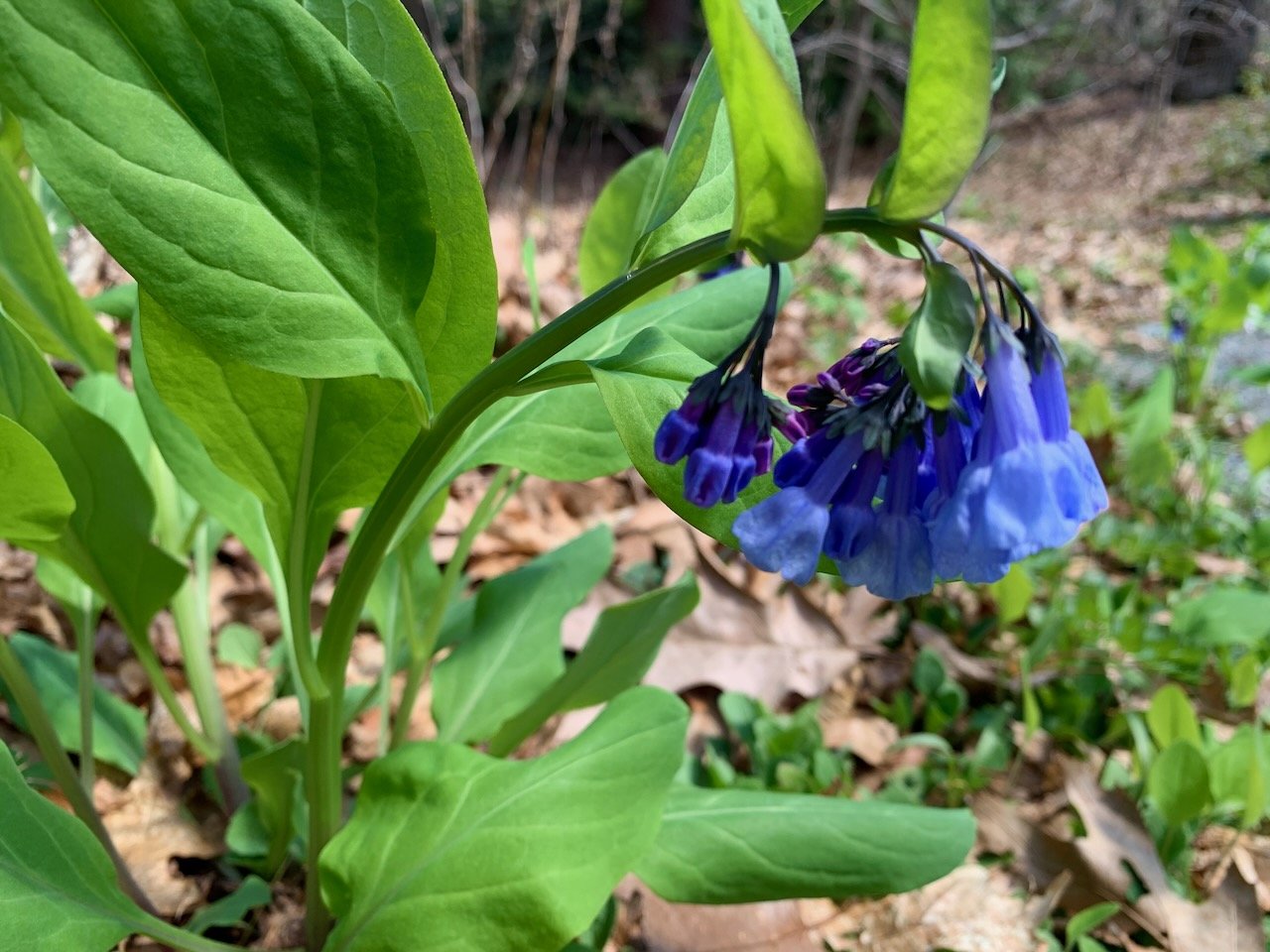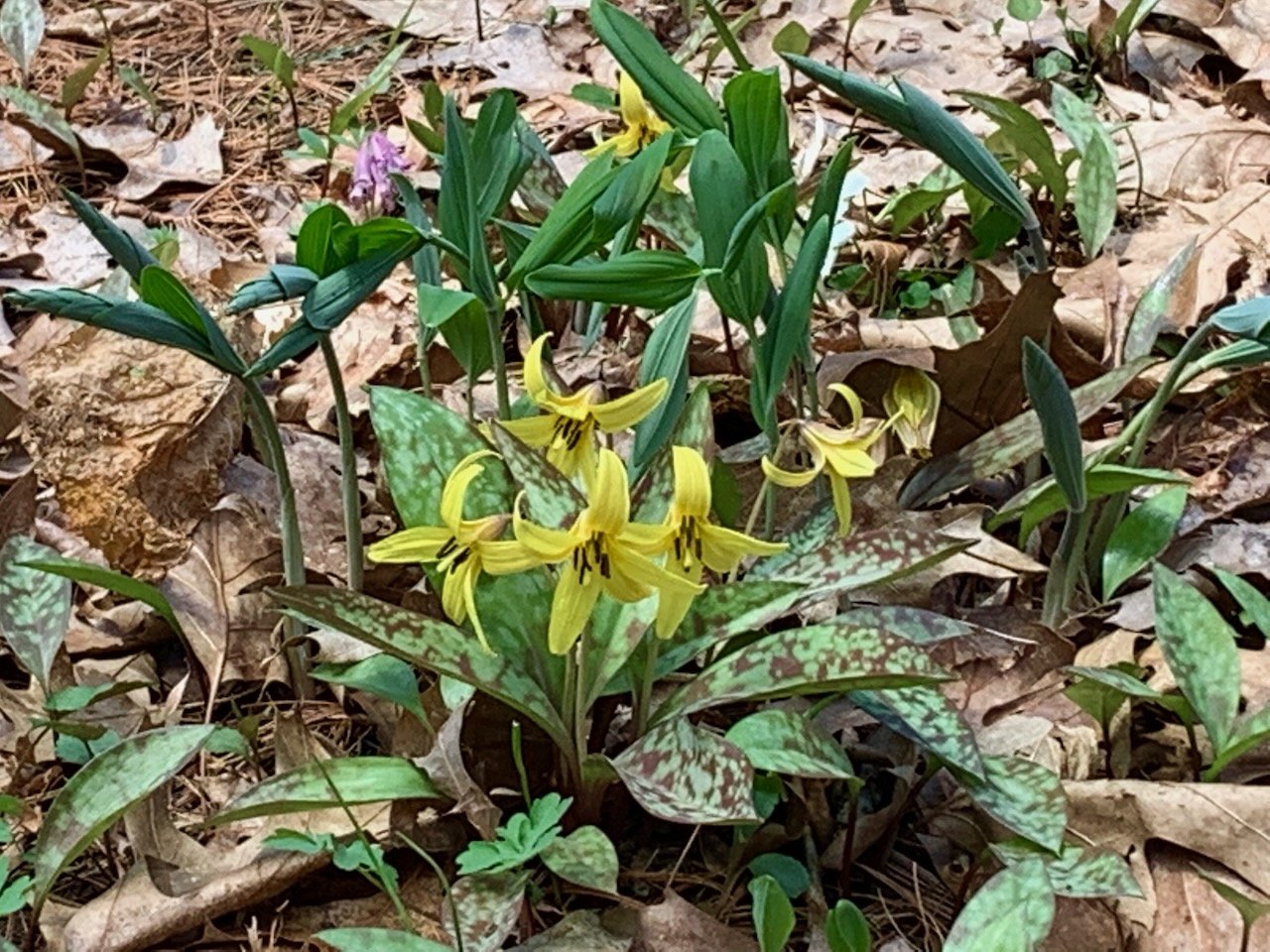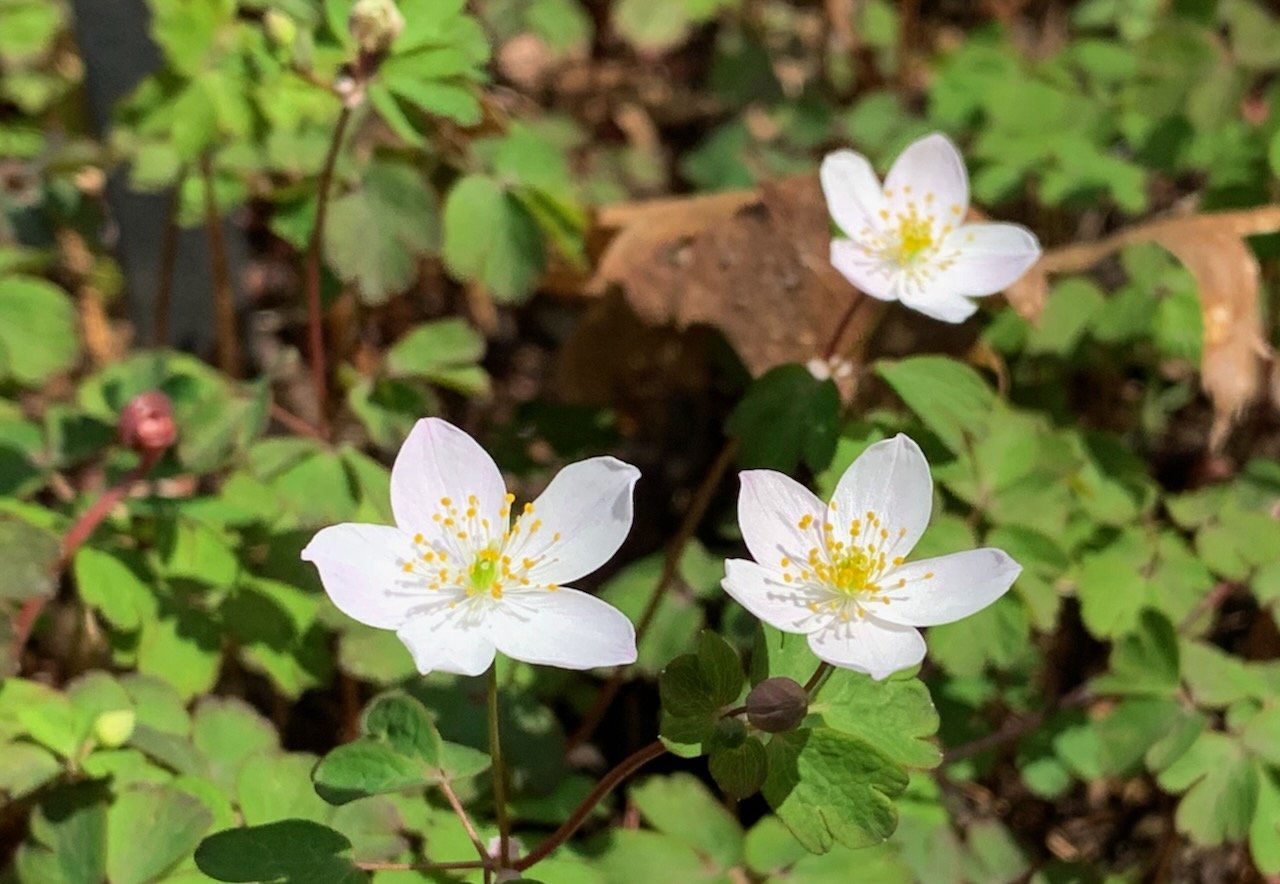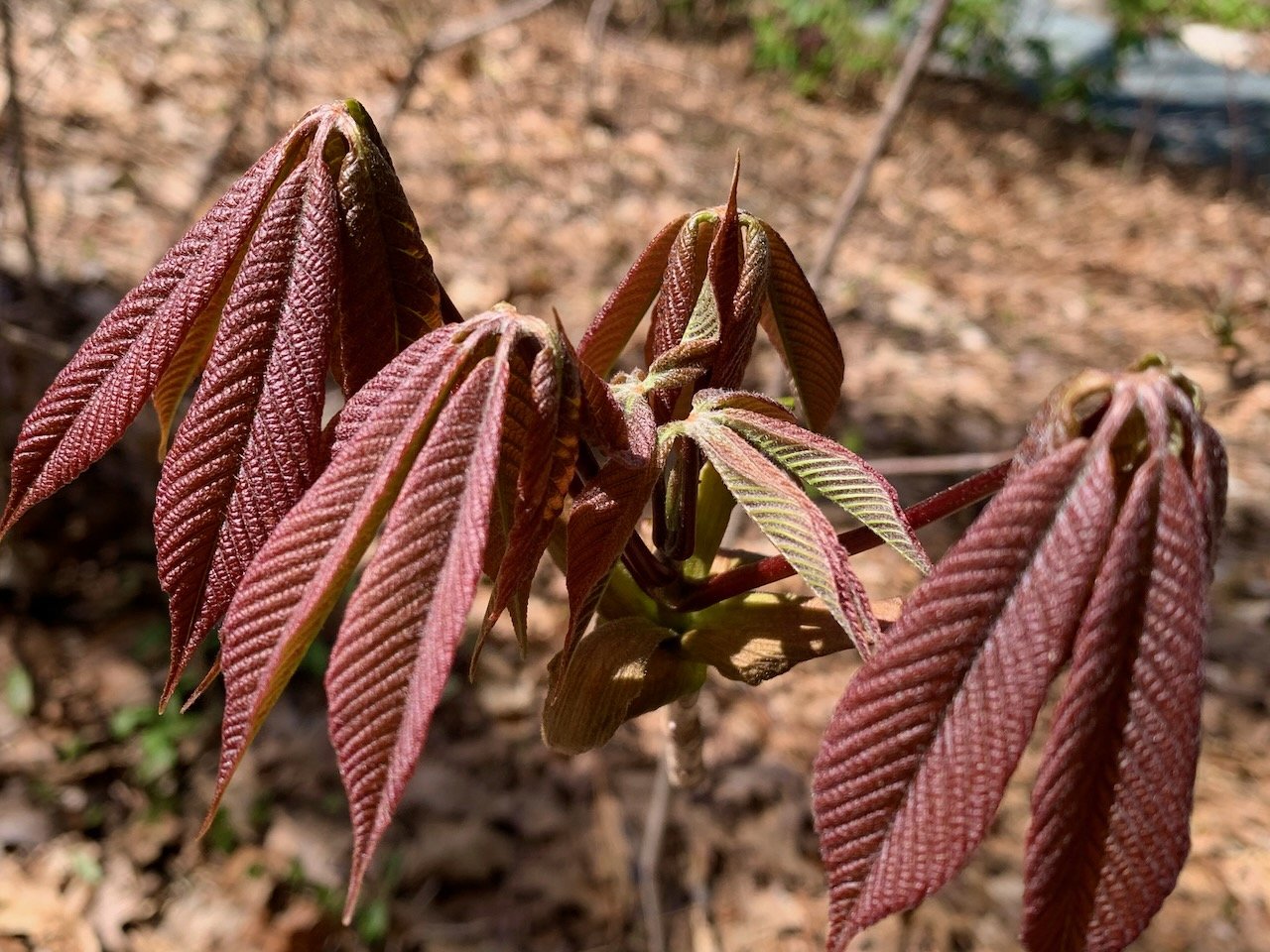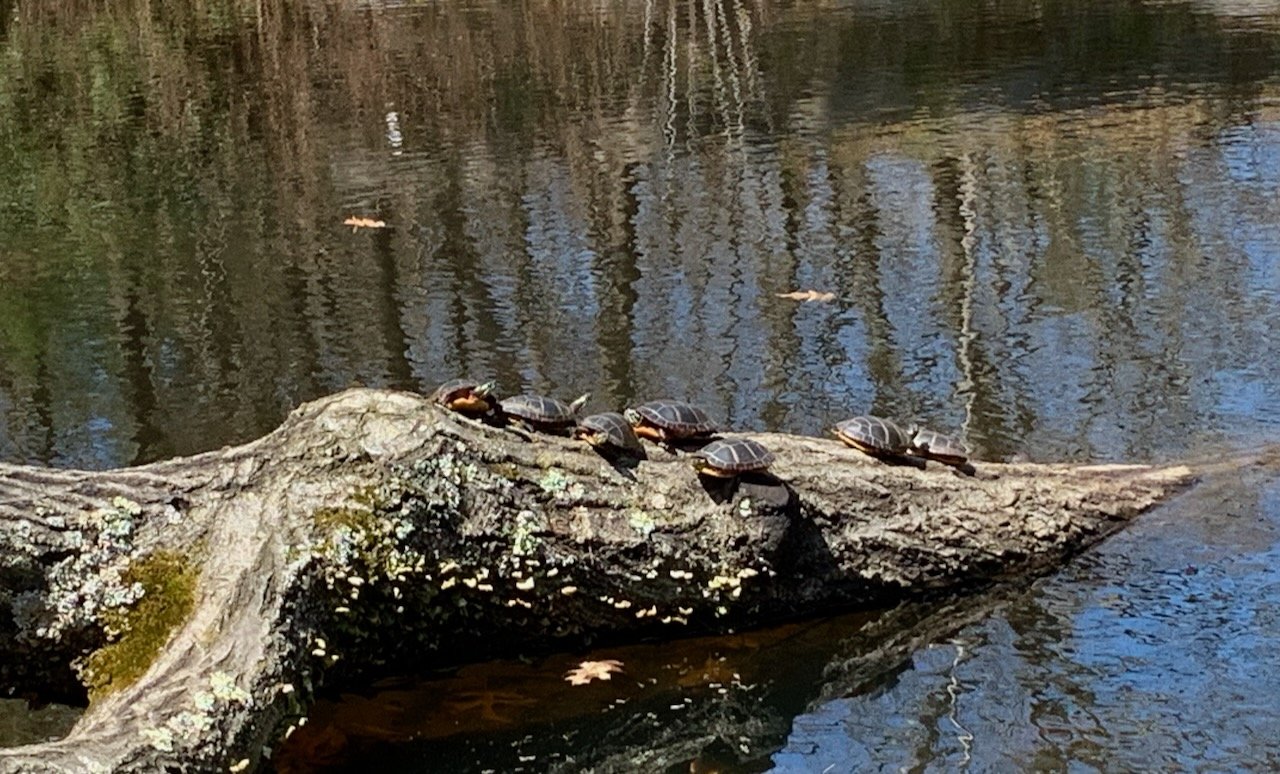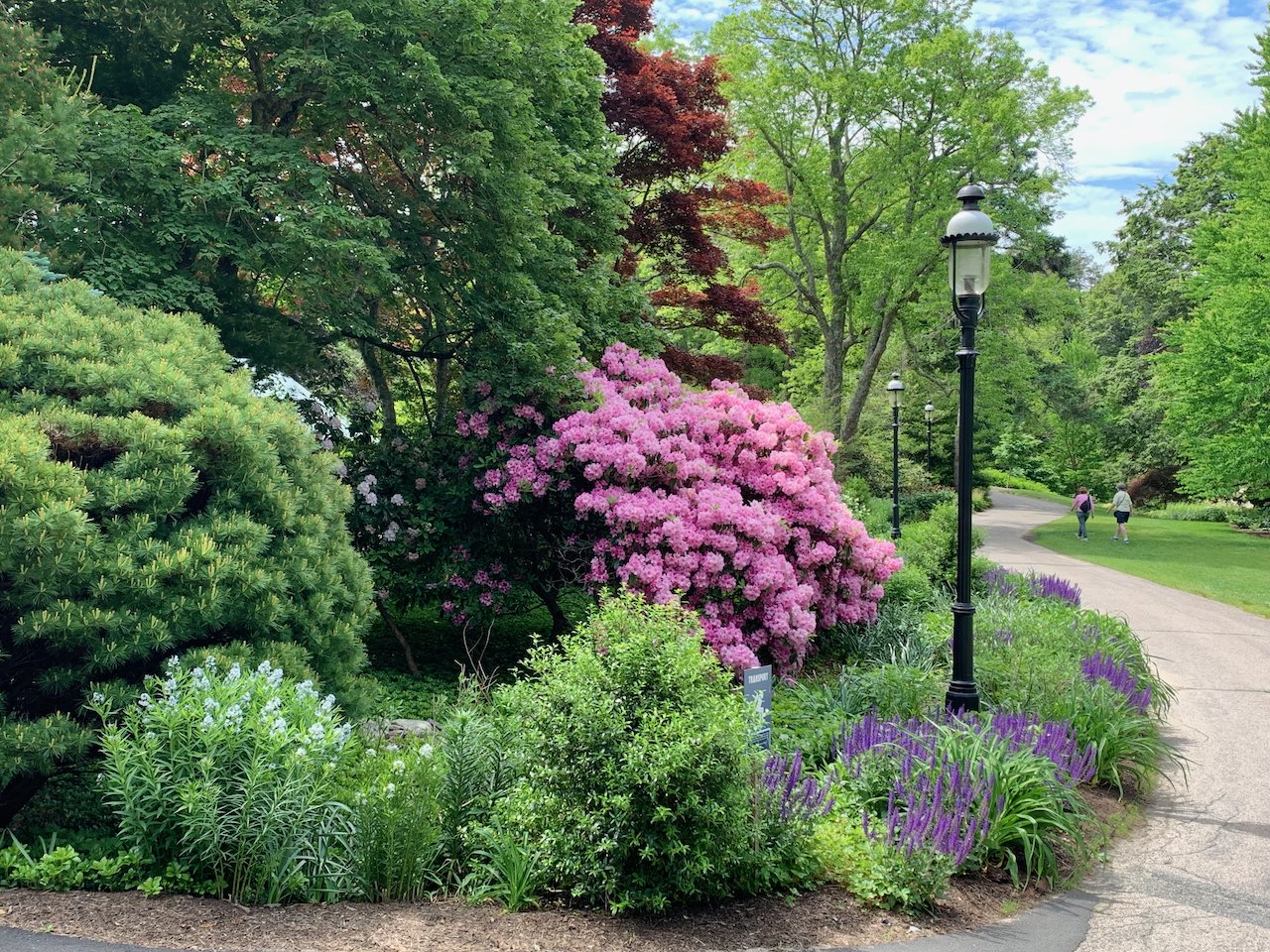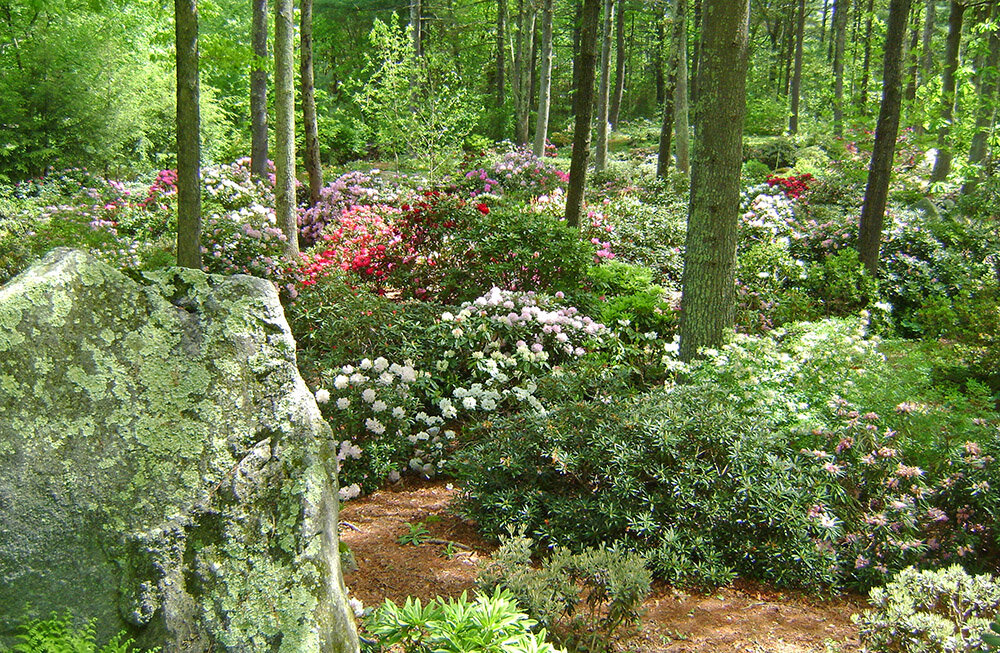Spring in New England's Garden in the Woods
/bloodroot
April is the perfect time to visit Garden in the Woods, New England’s living museum of rare and common native plants. It is also the home of the Native Plant Trust, whose mission is to conserve and promote the region’s native plants, and encourage both home and professional gardeners to choose natives when they plant outdoor spaces.
great white trillium
trillium cuneatum
Garden in the Woods began in 1931 when Will C. Curtis, a self-trained botanist and landscape architecture graduate of Cornell University, purchased 30 acres in north Framingham. He began clearing, planting, and sharing his garden with others. When he opened the garden to the public in 1934, Curtis wrote: “I am bringing together all the Wild Flowers and Ferns hardy in this latitude and establishing them in natural environments where they can easily be reached and enjoyed by the interested public.”
As he entered his 80s, Curtis became concerned about the future of his garden in the midst of a busy city. In an agreement with the New England Wild Flower Society, he pledged to donate the garden if an endowment of $250,000 could be raised. Wild flower hobbyists from every state and Canada, along with 450 different garden clubs, conservation groups, foundations and businesses, heeded the call. On Curtis’s 82nd birthday in 1965, the deed was transferred to the Society. With the land came Curtis’ collection of nearly 2,000 native plant species. Within a few years, the Society moved from its Boston headquarters to the garden, added a nature center, and purchased 15 acres of adjoining land as a buffer from surrounding housing developments.
rue anemone
Erythronium, scilla and bleeding hearts
Today the Garden is the largest landscaped collection of wildflowers in New England, containing over 1,700 kinds of plants representing about 1,000 species, 200 of which rare and endangered. Ponds fringed by native blue irises, swamps with skunk cabbage, and a bog where carnivorous yellow pitcher plants catch flies illustrate the variety of Massachusetts habitats. Rare and common native flora create a changing tapestry of flowers and foliage throughout the seasons.
Mayapples unfurling their leaves
canadian anemone
The best time to visit Garden in the Woods is in the spring, when the blooms of trout lilies, squirrel corn, Virginia bluebells, pink lady’s slipper orchids, Canada violets, blue woodland phlox, twinleaf, and Jack-in-the-pulpits cover the forest floor. In late spring, rhododendrons and azaleas burst into bloom, followed by clethra and the legendary franklinia in summer. Curtis was a fan of white flowers, and you see them everywhere: white varieties of wild geranium, bluebells, Virginia rose, great lobelia and cardinal flower. Partridgeberry and red baneberry, which normally produce red fruit, here produce white.
marsh marigold
Since the gardens are planted with natives and maintained organically, they attract a multitude of butterflies, honeybees, and other insect pollinators, as well as frogs, turtles, black snakes, dragonflies, and birds.
painted turtles bask on a log
Although the plantings look spontaneous, most of the plants were raised from seeds cultivated at the Society’s Nasami Farm nursery and meticulously placed in the landscape. A wide selection of native plants is available for sale at the gift shop. You can also purchase plants at Nasami Farm from April to early October; Saturday and Sundays, 10-5, and weekdays by appointment. 128 North St., Whately, MA, (413) 397-9922.
Other gardens dedicated to native plants include Bowman's Hill Wildflower Preserve in New Hope, PA, and Mount Cuba in Wilmington, DE. New York Botanic Garden and Stonecrop in New York, Jenkins Arboretum in PA and Leonard J Buck garden in Far Hills, NJ also have many natives. Other native plant nurseries include Native Landscapes in Pawling, NY, and Earth Tones Native Plants in Woodbury, CT.
You Might Also Like




